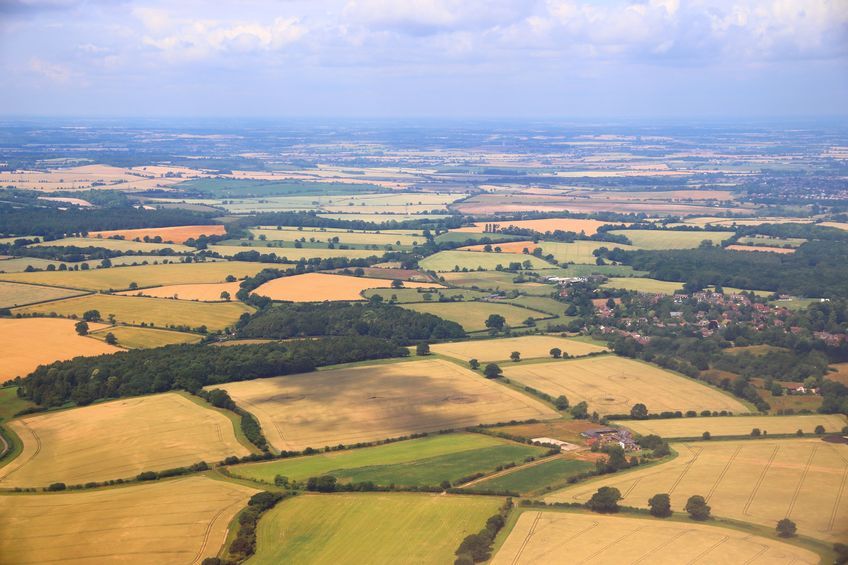
Farms which become ‘asset innovators’ in response to shifting government support will put themselves in the 'best position to thrive', according to industry experts.
Farming is entering a period of transformation as it moves away from direct payments to a support system based on public money for public goods.
The Agriculture Bill, which sets out plans for phasing out Basic Payments over a seven-year transition, passed its second reading in the House of Commons on 3 February.
But farms and estates can refine their approach in numerous ways, according to George Chichester, a director in the farming department at Strutt & Parker.
He told delegates at the 2020 Strutt & Parker London Land and Property Briefing that more targeted agricultural production, a focus on natural capital to unlock new public and private investment and diversifying into new enterprises are possible ways.
Mr Chichester said that Basic Payments were an important source of profit for most farm businesses, so businesses would need to change if they want to remain viable.
“The loss of direct payments means that there is likely to be a reduction in farming profitability across the board, unless commodity prices rise significantly,” he said.
Climate change is one of the key drivers of the changes to policy, with agriculture under growing pressure to reduce emissions, sequester carbon, and protect and enhance all forms of natural capital, he told attendees.
This has sparked debate about the future of land use with experts on climate change calling for a massive increase in tree planting, peatland restoration, and a shift to low-carbon farming practices.
“UK farmers will still need to produce food – and lots of it – but do this by targeting the most productive land and parts of fields and focusing on crops which are most in demand in the UK marketplace, rather than those underpinned by export value,” said Mr Chichester.
“But they will also need to – and many are already in the process of doing this – look at other opportunities to fill the financial gaps created by the shifts in government support and changing policy framework.”
Dr Jason Beedell, head of rural research at Strutt & Parker, said as funding is taken away from the Basic Payment Scheme it will be made available to farmers again through ELMS.
However, Strutt & Parker analysis suggests that ELMS is very unlikely to make up for the loss in Basic Payments, he cautioned.
It is also possible there will be a funding gap from 2021 to 2024 as Basic Payments start to taper off, but before ELMS is available to everyone on a national basis.
“This makes it ever more important that farms and estates look at growing profits from their other assets, for example through diversification.
“Other opportunities to consider include selling carbon credits and other ecosystem services to private businesses who need to offset their own emissions.”
Jon Lambert, head of John Clegg & Co, Strutt & Parker’s forestry arm, said the market for carbon credits from tree planting was still immature, but had real potential.
“Natural capital is a phrase being used on an ever-increasing basis and trees can contribute significantly to this value, locking up carbon, sifting out noxious gases and, if planted in the right places, helping with flood alleviation.
“Carbon credits here in the UK are tradeable, but are currently worth relatively little – perhaps £5/t. However, I believe we will see very significant appreciation in the value of carbon storage. It may be an immature market, but it has a long way to go.”
John McLarty, national head of planning at Strutt & Parker, said a Planning White Paper was expected next month, which could open up development opportunities for rural landowners, providing another potential source of income.
“I think we are going to see a sea change, as the government will want to deliver on its pledges to build one million more homes in the next five years and to deliver significant improvements in critical infrastructure.
“The government has already said that the White Paper will seek to make the planning process ‘clearer, more accessible and more certain for all users’, pointing to a more positive planning environment.
“That could mean a significant improvement for rural landowners in terms of house-building in villages and around towns.”
